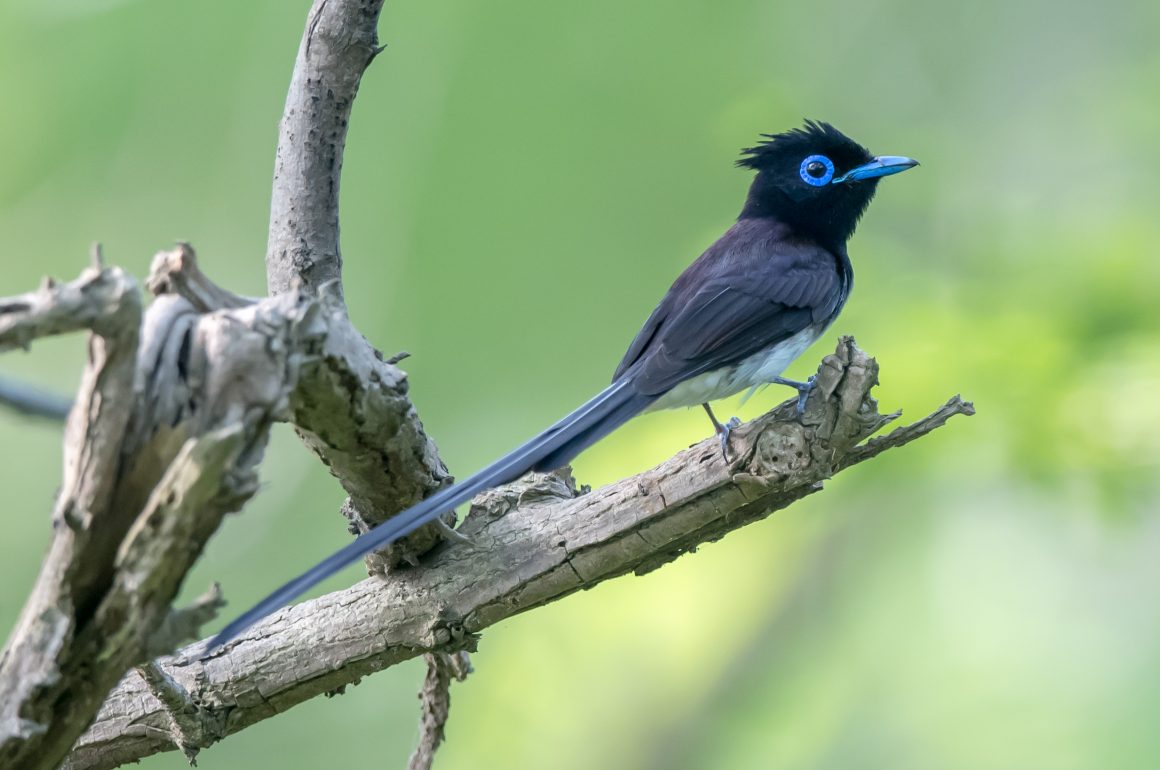
In Shanghai, May is the month with a chance to see the regional popstars of the birding world – male Japanese and Amur Paradise Flycatchers. Why anyone would want to undertake major migratory trips with a tail much longer than the body clearly escapes me, but then I do not understand people taking caravans on vacation either.
While rarer globally, the Japanese Paradise Flycatcher is somewhat easier to see in Shanghai. It is on its way to breeding grounds mainly in Japan and thus only briefly stays here.
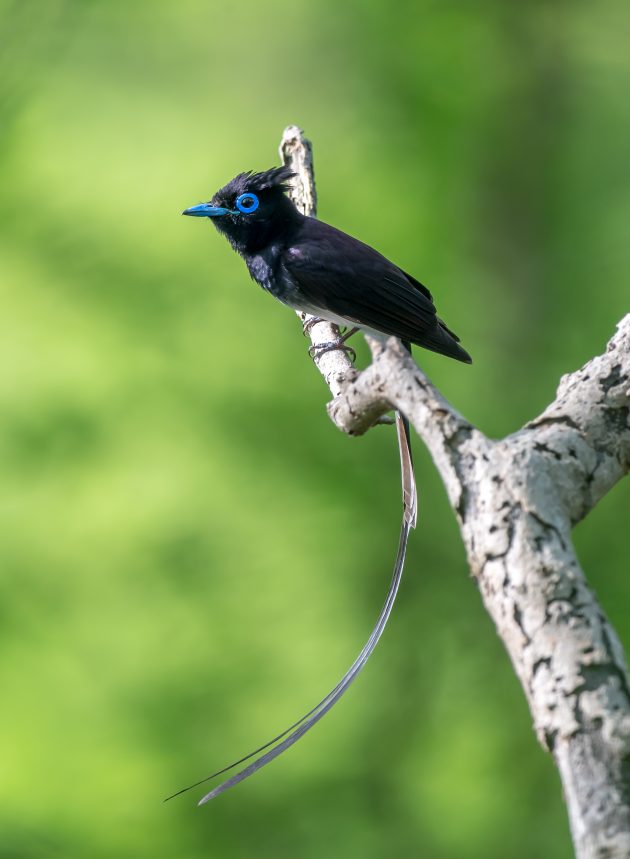
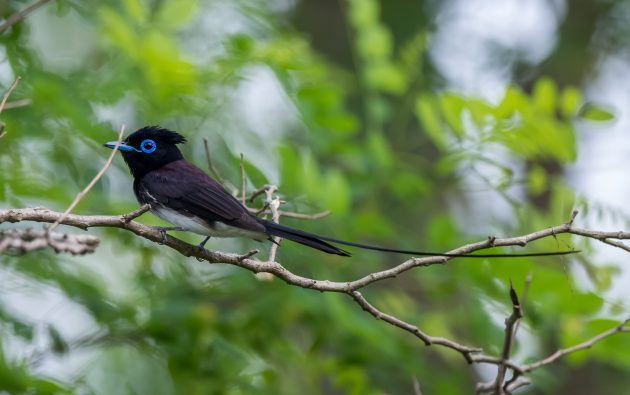
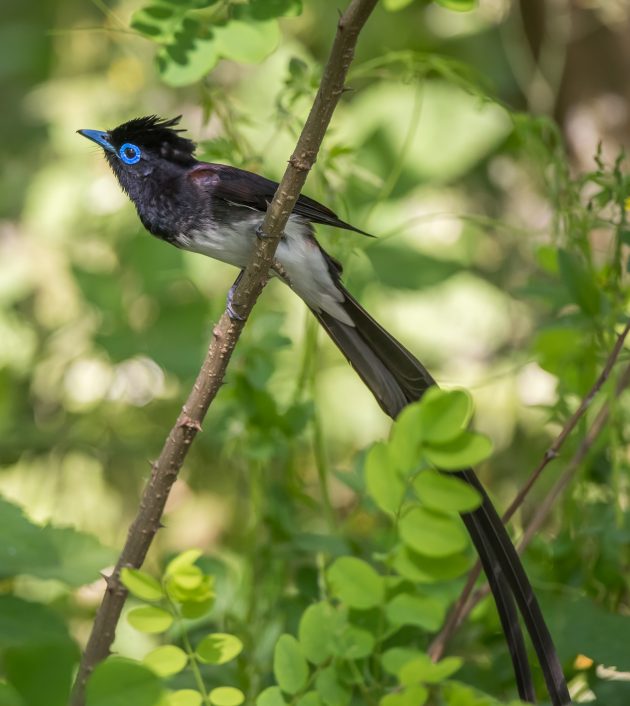
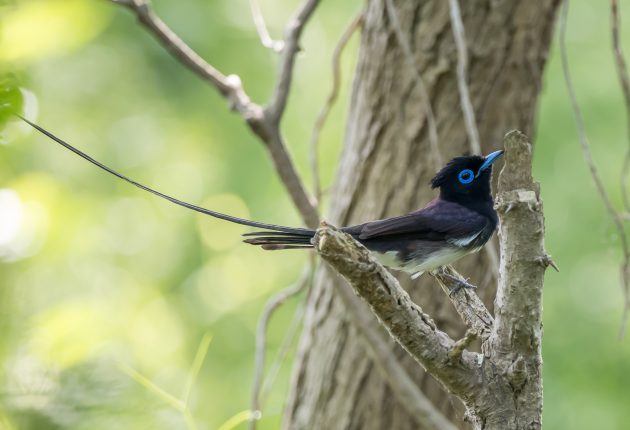
The female is less impressive but still a nice bird to see.
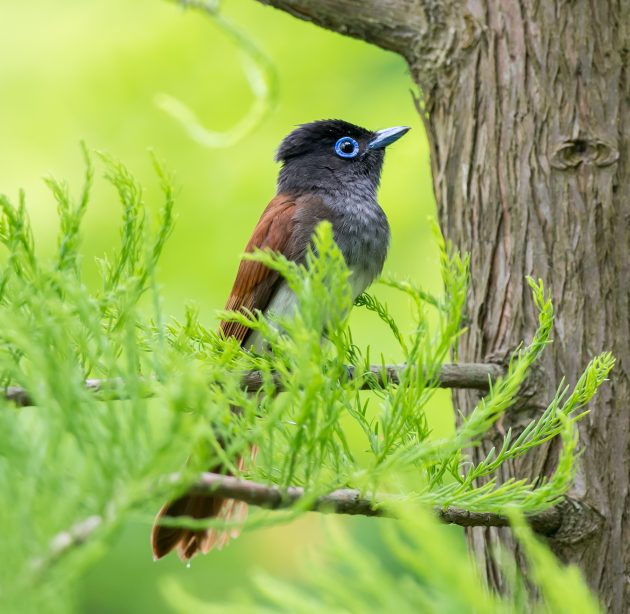
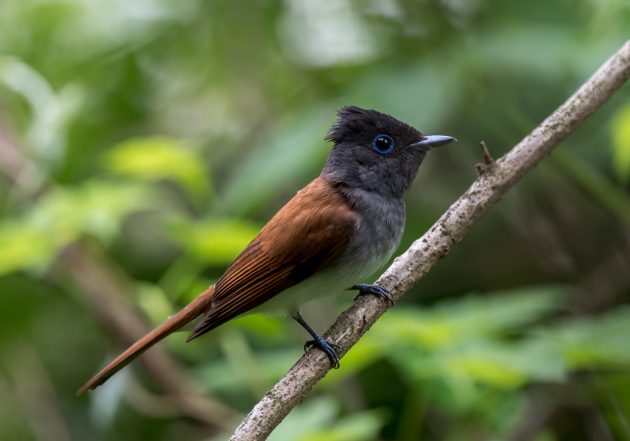
In contrast, the Amur Paradise Flycatcher regularly breeds in China, even in Shanghai. As an added bonus, it comes in two morphs – a dark one looking similar to the Japanese PFC …
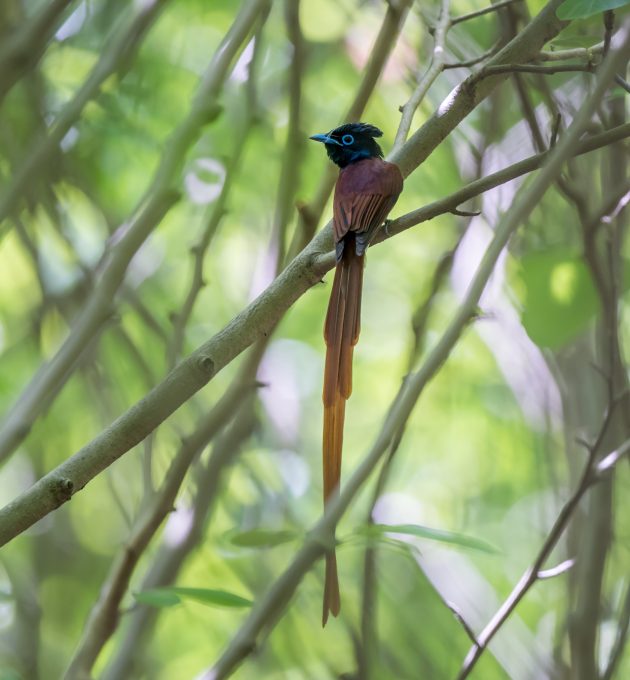
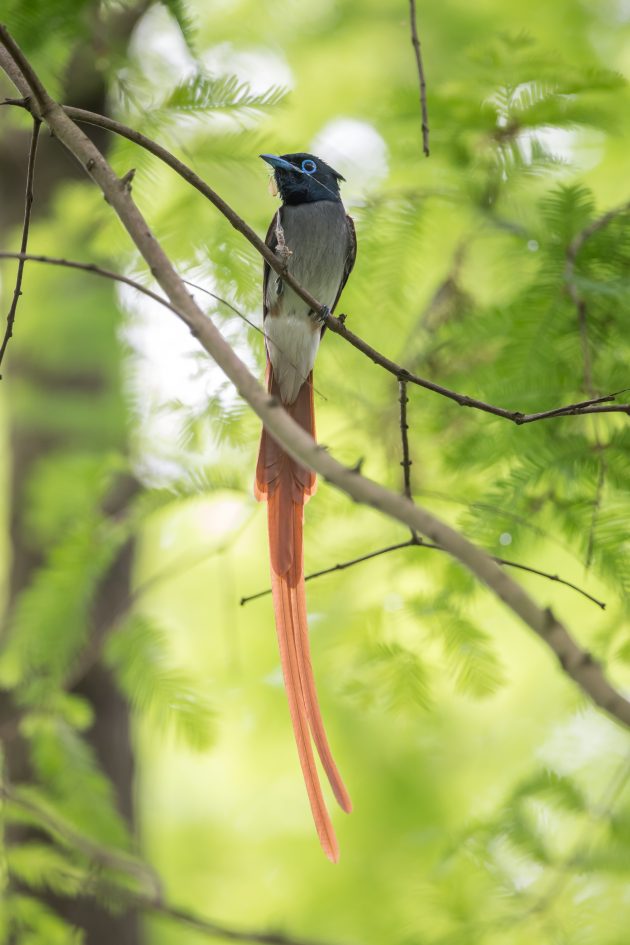
… and a white one that resembles Andrew Ridgeley.
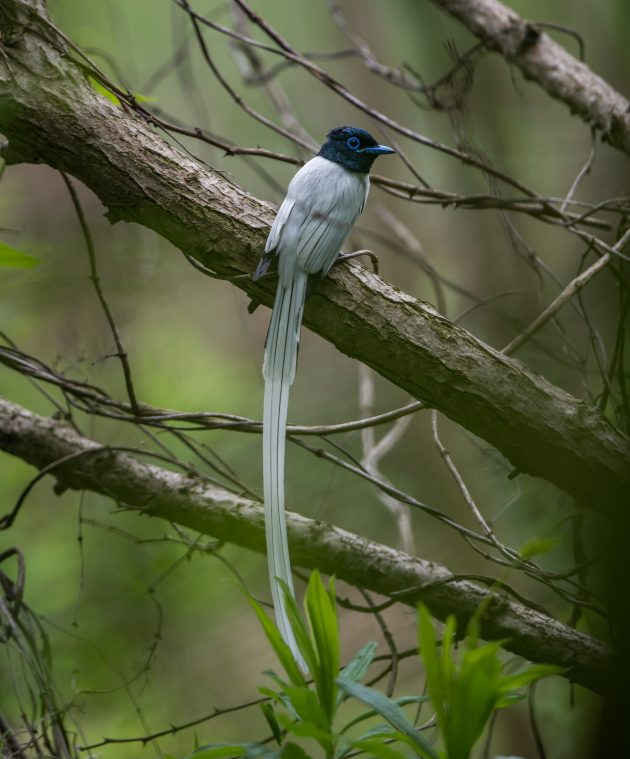
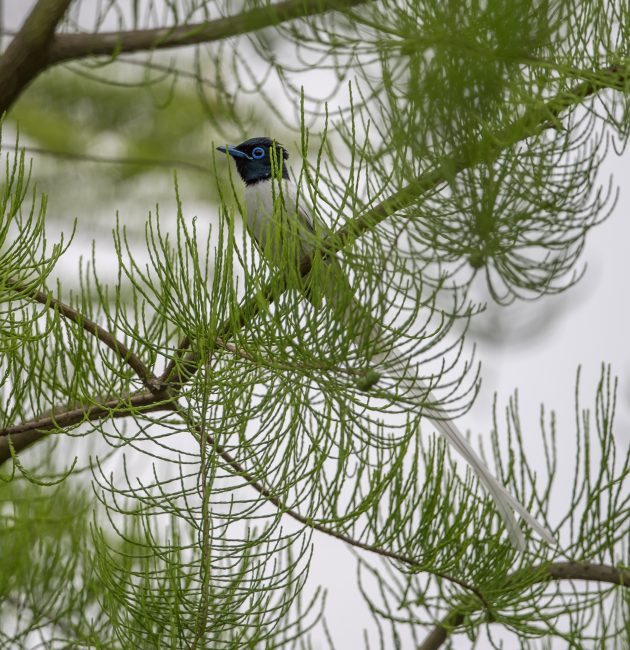
No two morphs for the female Amur PFC though.
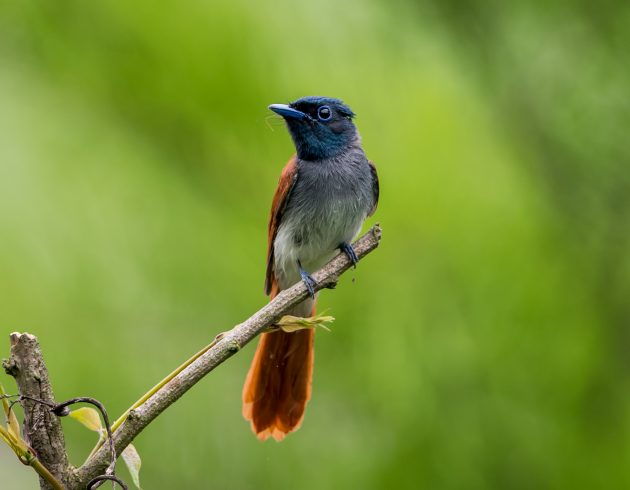
Most of the other birds seen this month do not quite have the star quality of the paradise flycatcher. But that is fine. Nobody wants to be dazzled all the time. On the other hand, some birds seem a bit overly modest, such as this Asian Brown Flycatcher …
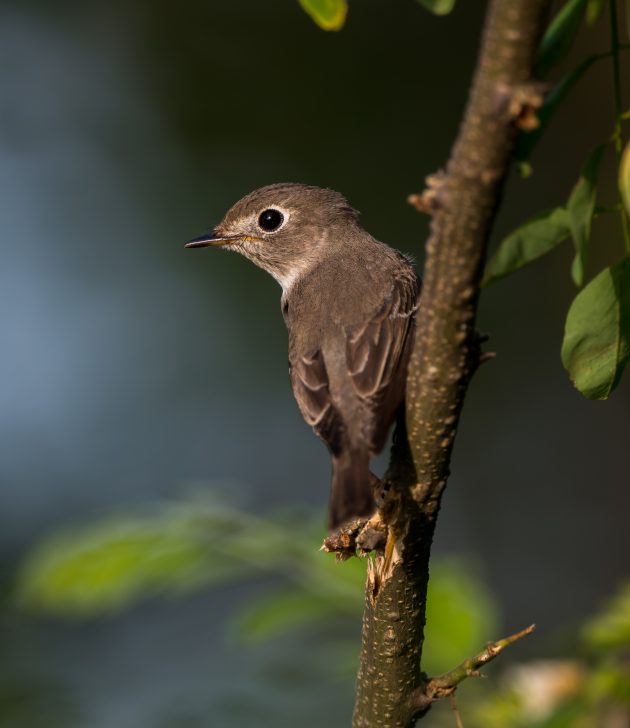
or this similar (and similarly unspectacular) Grey-streaked Flycatcher.
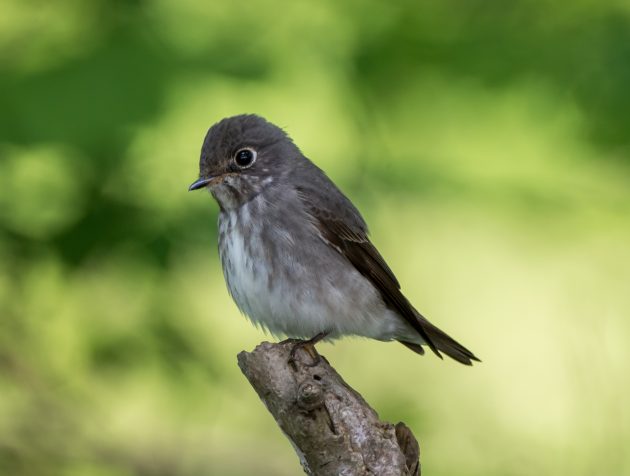
Leaf warblers take this to an even higher level. Unfortunately, the National People’s Congress of the People’s Republic of China declined my request to make nametags for leaf warblers mandatory (despite the obvious benefits this would bring), so these birds will remain difficult to id.
Dusky Warbler?
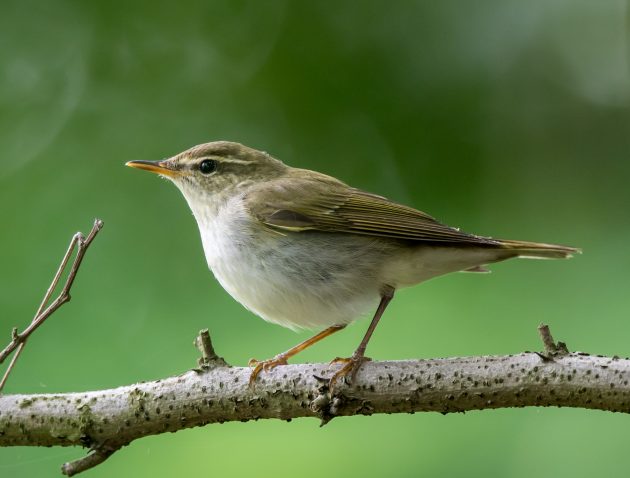
Yellow-browed Warbler?
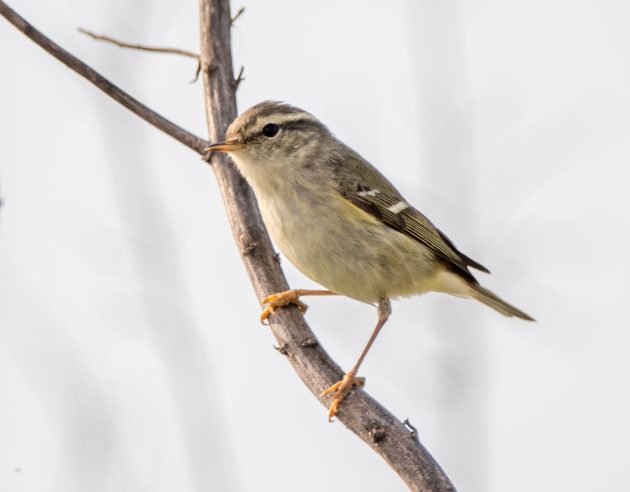
Pale-legged Leaf Warbler?
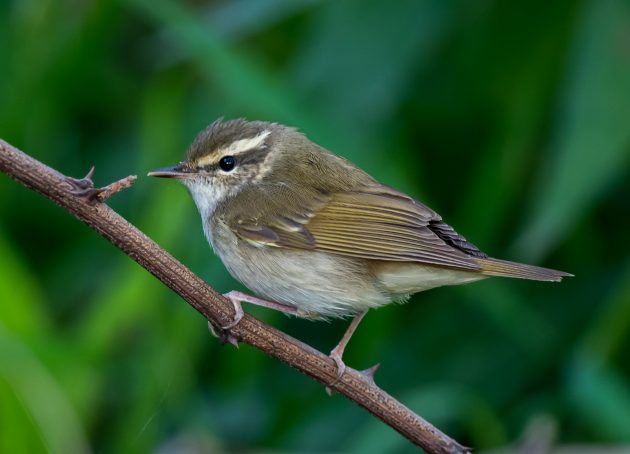
It gets a bit easier once we leave the unholy group of leaf warblers. There, we have species such as the Manchurian Bush Warbler (though that one is best identified by sound – if you are out in the field and hear somebody trying to find the right channel on an old-fashioned radio, you are probably in the presence of this warbler) …
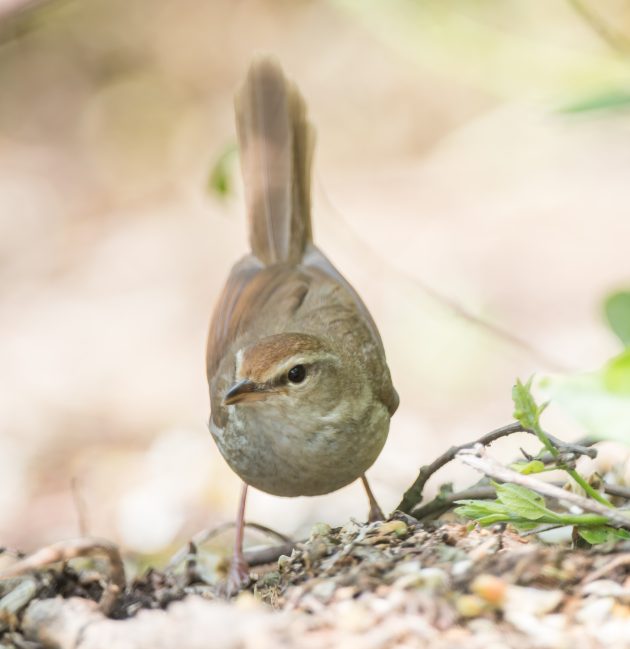
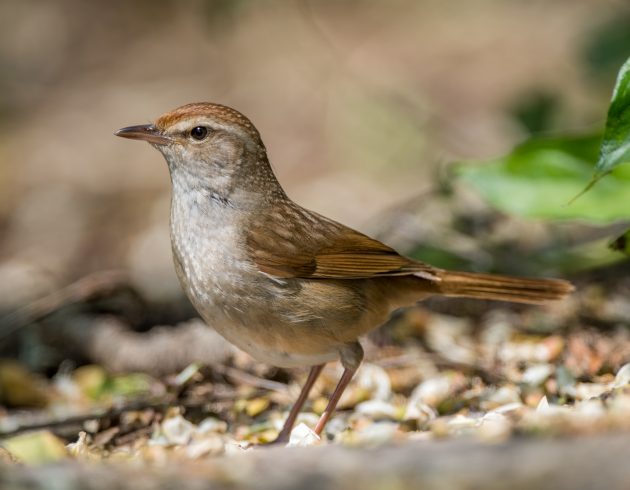
… and Oriental Reed Warbler (a promising competitor for most annoying bird sound ever).
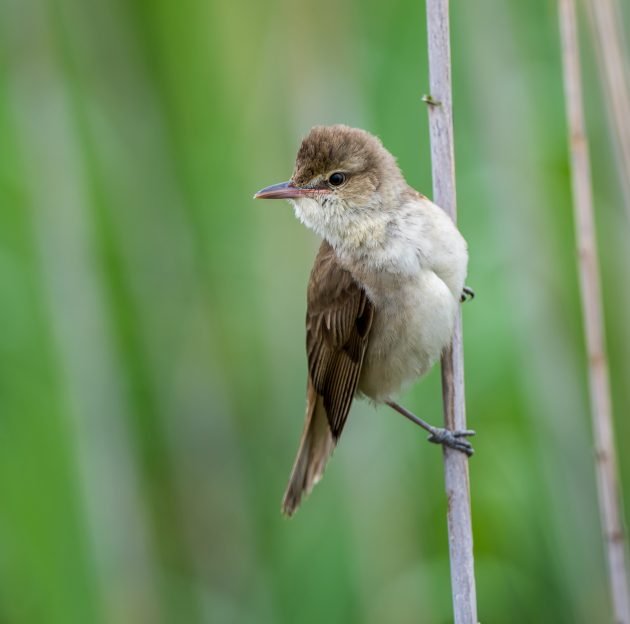
To be fair, some Cuckoo species probably quite enjoy this sound, though (from the perspective of the warbler) for entirely the wrong reasons, namely, as a chance to leave incubation, feeding of the chick, taking it to kindergarten, finding a good school for it, paying for its university education, etc., to another species.
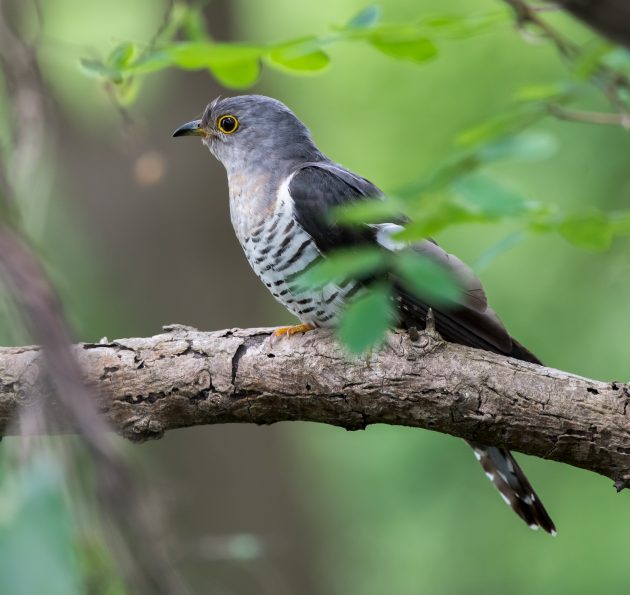
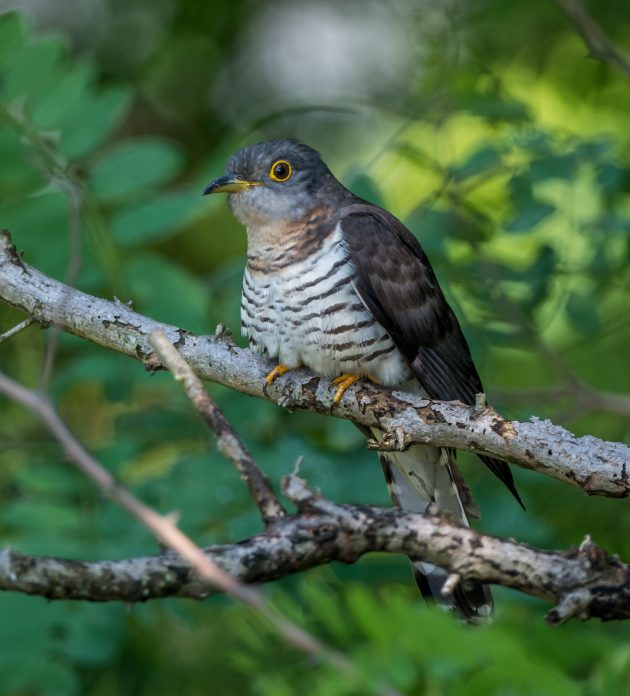
In contrast, though the Lesser Coucal is also a cuckoo species, it is not a brood parasite. My suggestion for the Fair Play Award 2021.
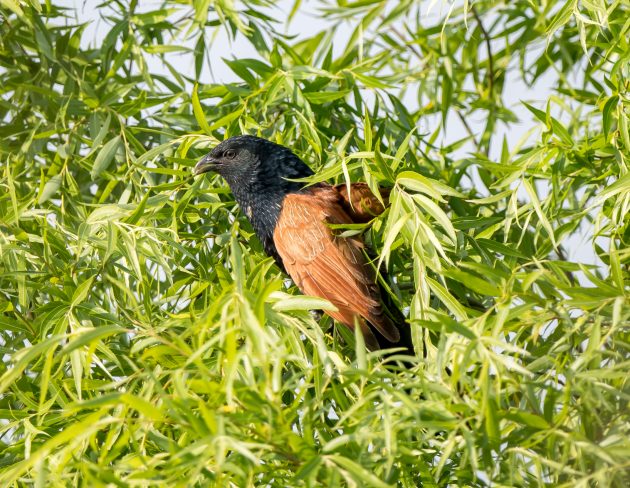
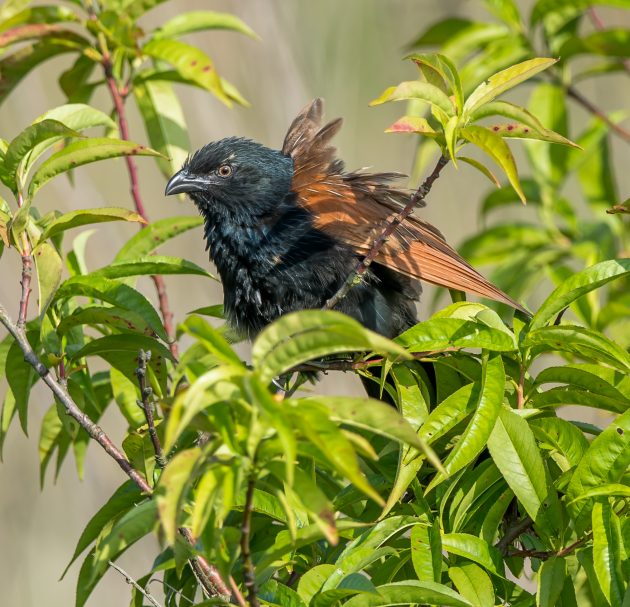
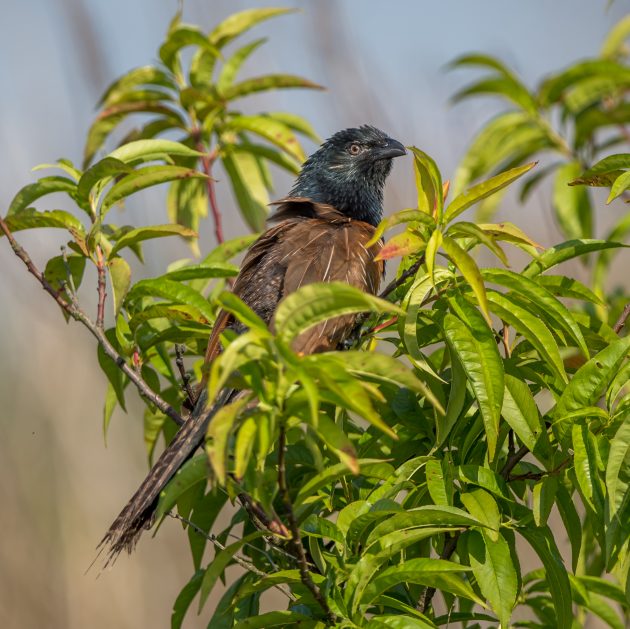
While I guess Ruddy Turnstones are not very exciting elsewhere, they are not too common at Nanhui, particularly at a distance useful for photography.
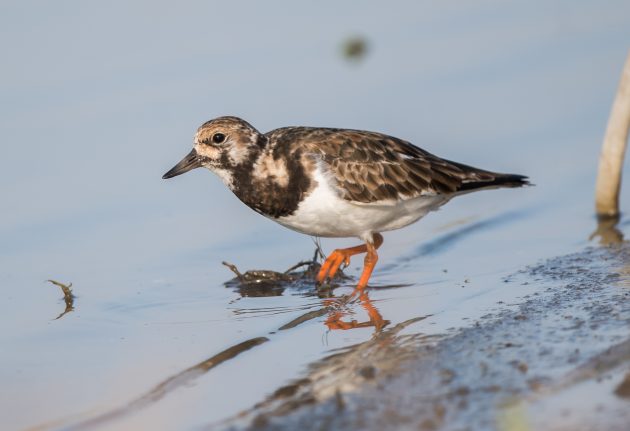
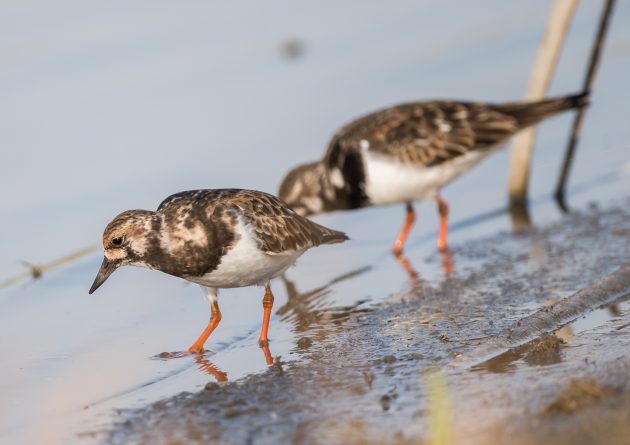
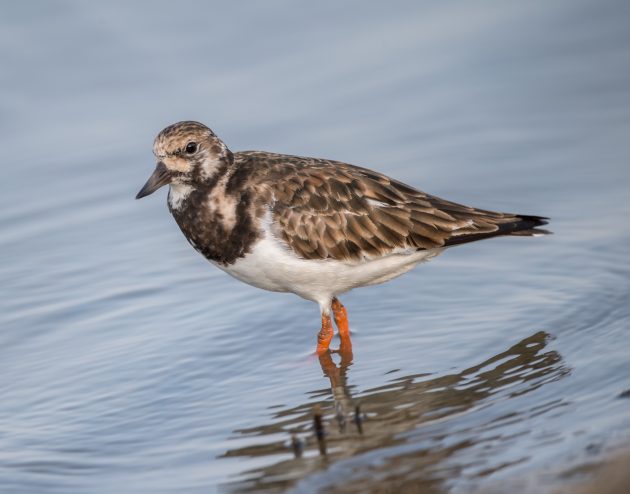
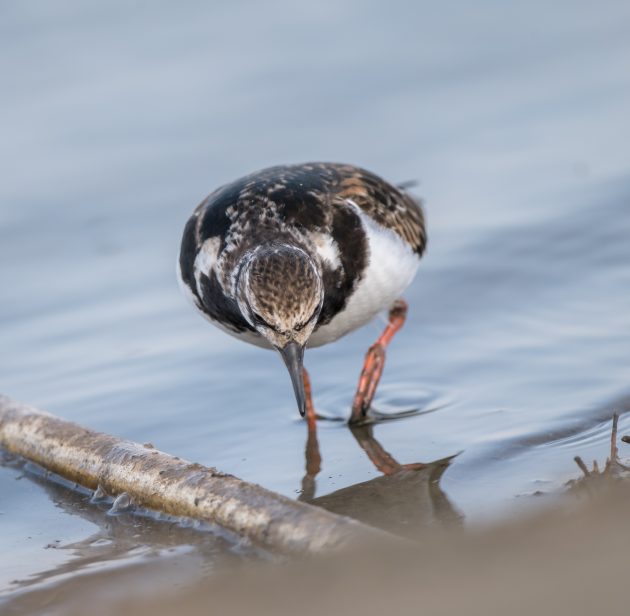
Grey Herons are not rare at Nanhui, though they tend to fly away the moment a camera is directed towards them. This one took a few seconds to do that, though – maybe still too early for the bird.
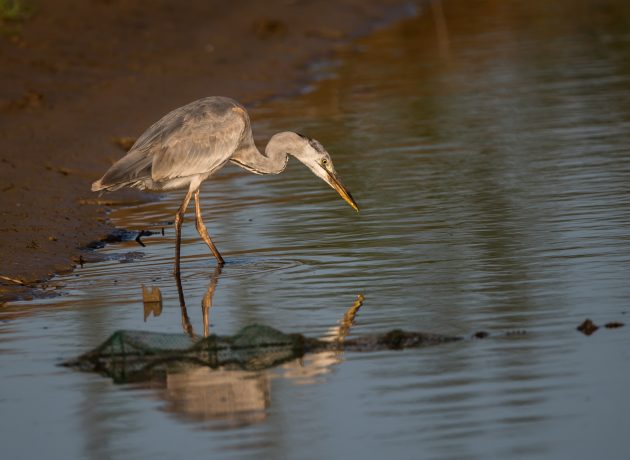
(Note to US Americans: you can keep calling football soccer, but the name Grey Heron is used for this species, even though your “Blue Heron” is just as grey).
Among the more goth-oriented stars at Nanhui (think Andrew Eldrige rather than Andrew Ridgeley) are the Hair-crested Drongo …
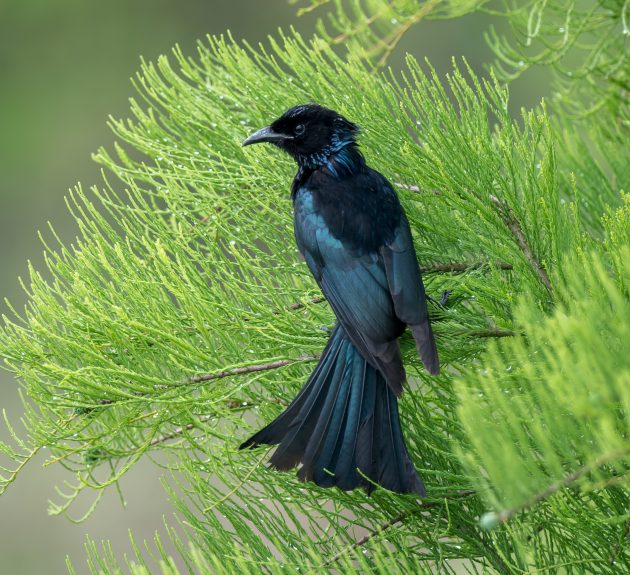
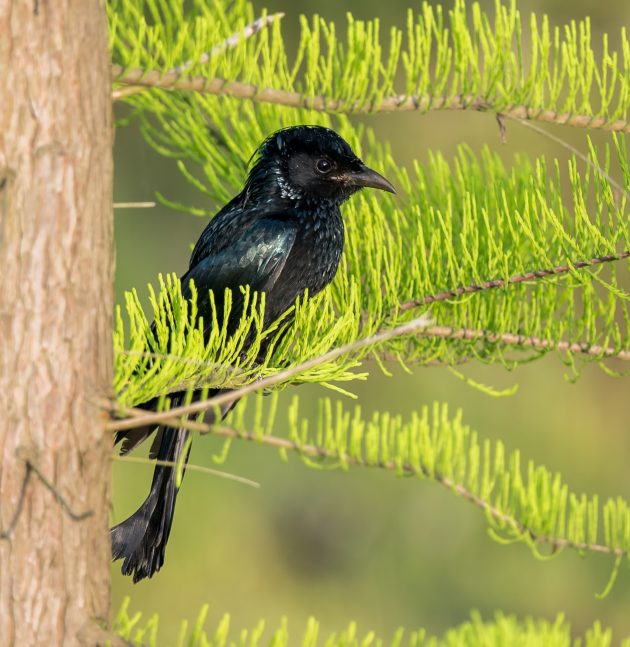
(sometimes it can be fun to pretend to be a woodpecker)
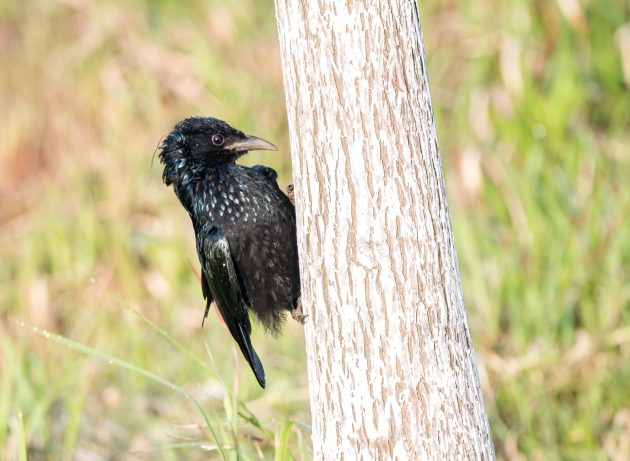
and the Black Drongo.
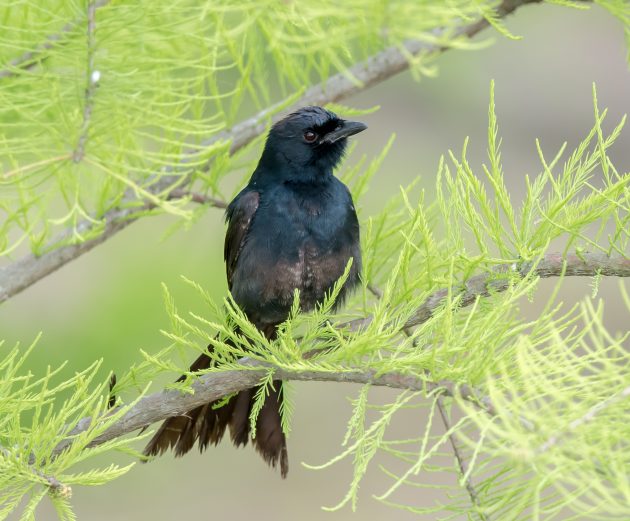
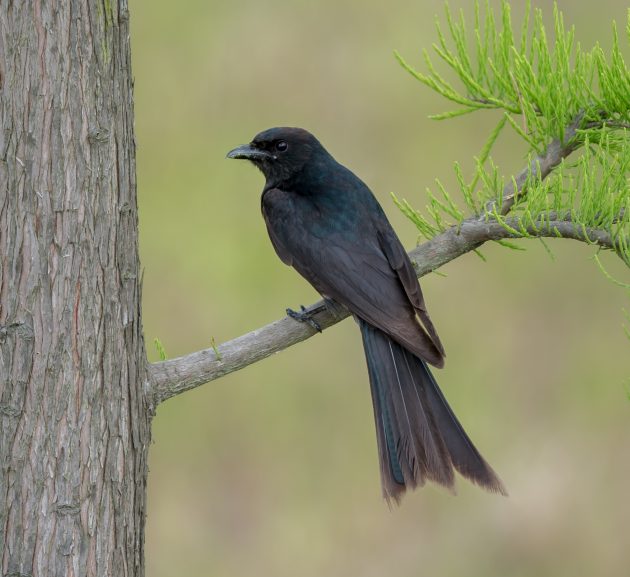
The Brown Shrike is more Billy Bragg than a proper pop star.
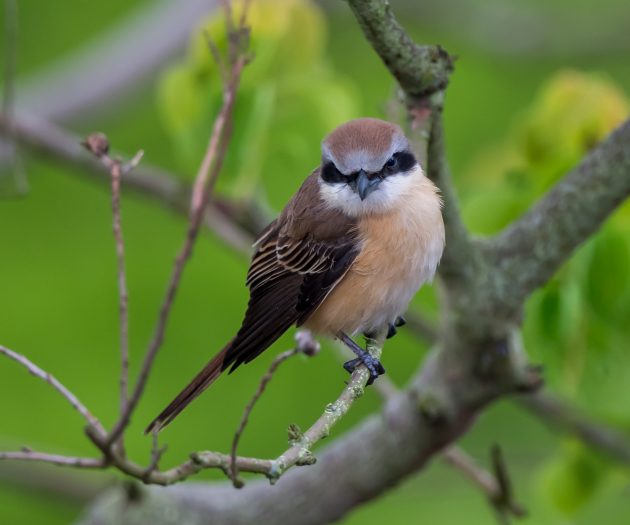
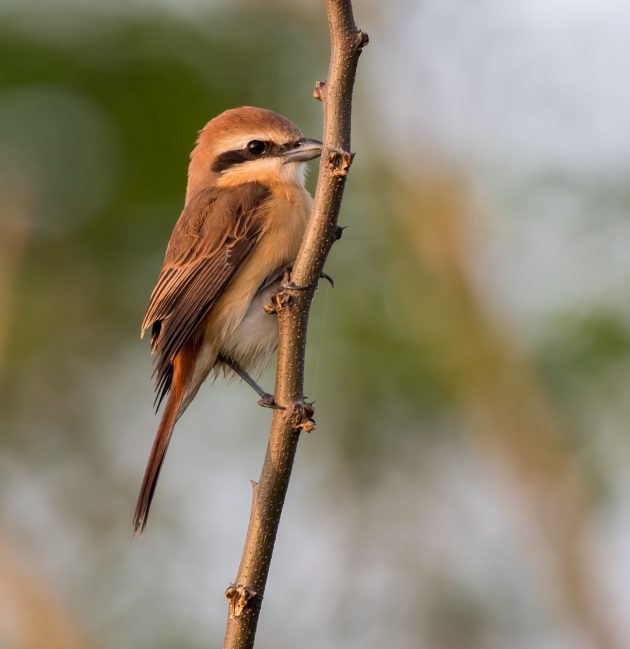
The Tiger Shrike is making a bit more of an effort already.

The amount of effort also depends on the season – sometimes, it is more important to look good than at others. This Chinese Pond Heron apparently knows about this. Or it has read its online description stating that “during courtship legs become intense pinkish-red”.
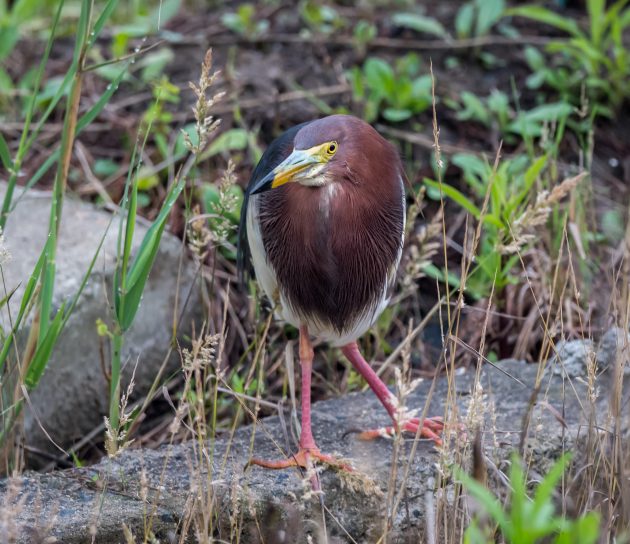
This gradually brings us back to the topic of pop stars. The Dollarbird is one …
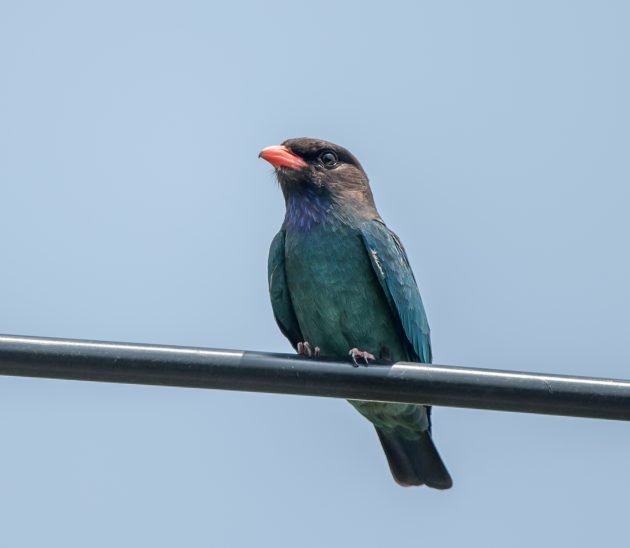
… as is the male White-throated Rock Thrush.
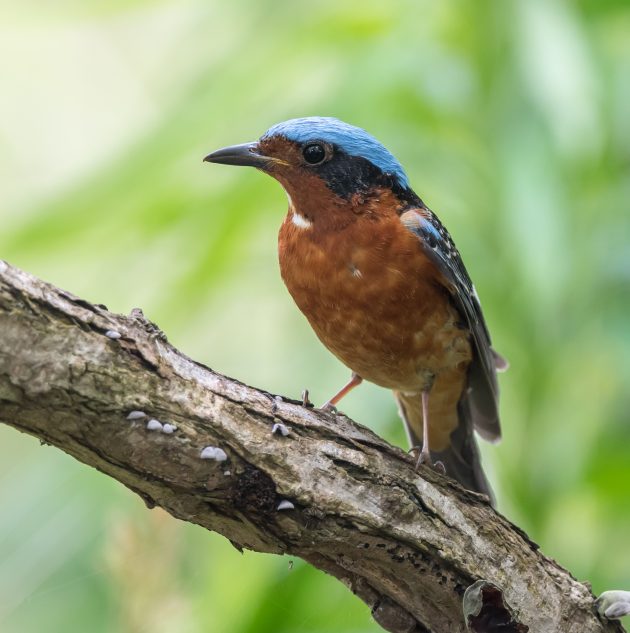
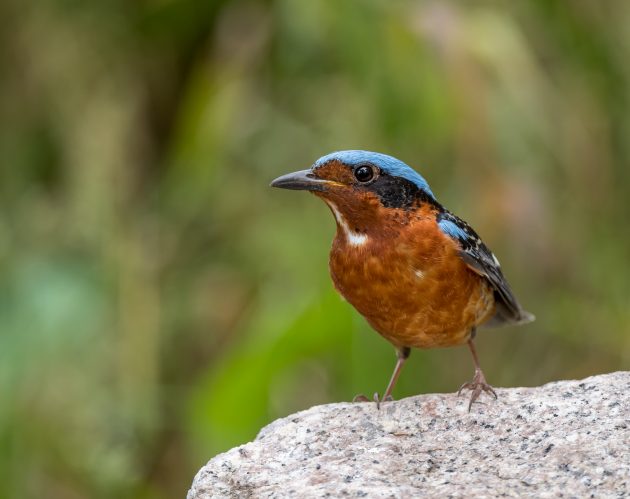
(note the most important and striking characteristic of this bird, which naturally has also gave it its name: Its white throat)
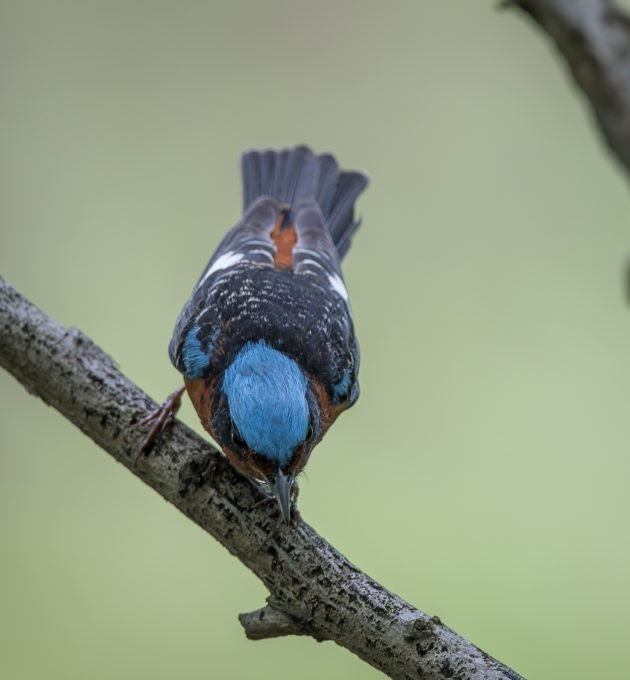
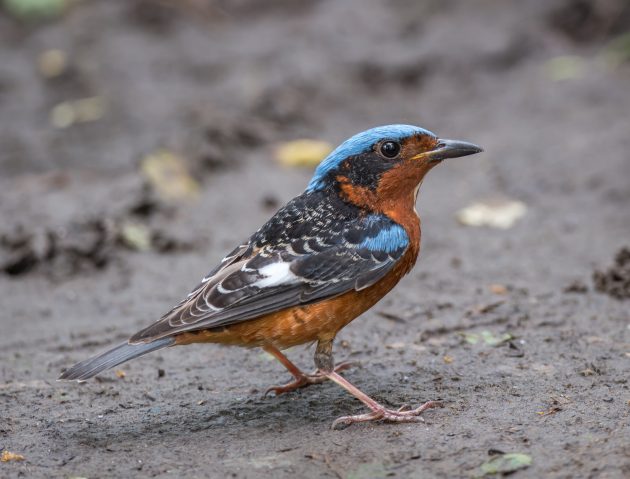
The female is optimized for inconspicuous breeding, not for pop stardom.
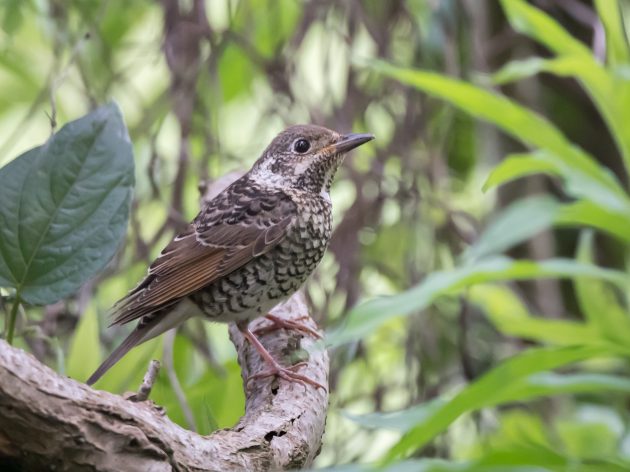



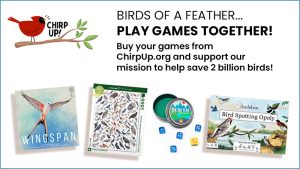

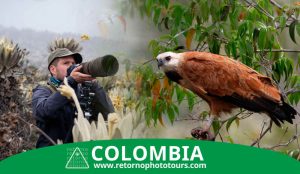
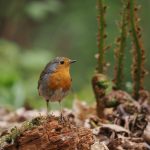
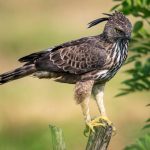
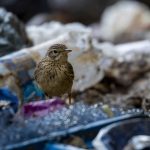
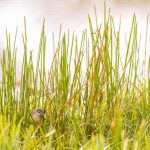
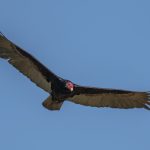

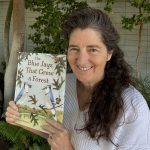
Your photographs are really outstanding. I wish I had 10% of your skills!
Great post, Kai. And as always dry humor as side dish.
Yes, I am fascinated by nature and yes, I am eager to travel but no, I am not really being passionate about understanding and observing the world’s birds. So, 10.000 birds maybe not the perfect site for me but I always enjoy the blog and photos of Kai Pflug, your most cynical birds beat writer.